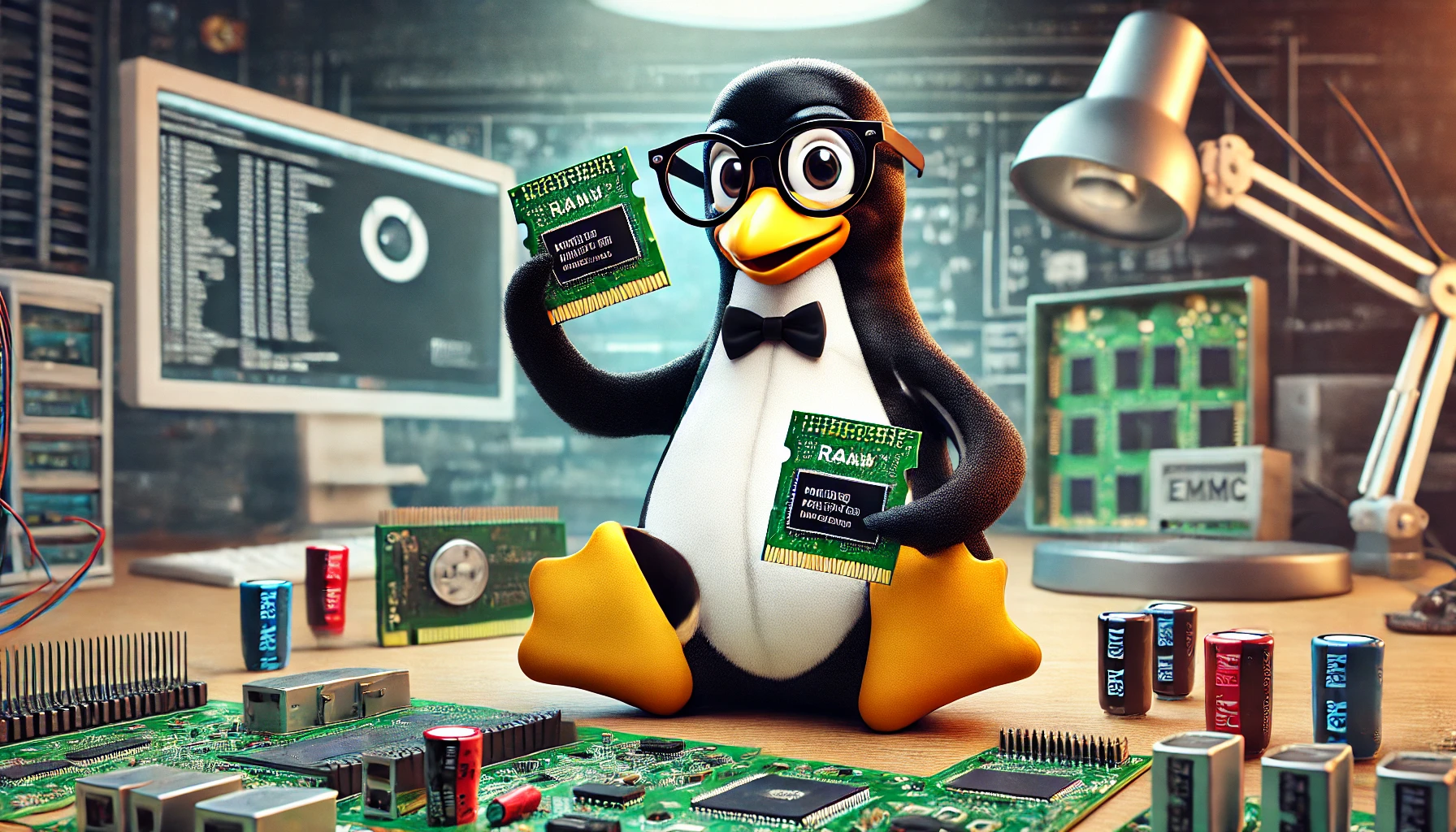UBI volumes in Yocto These days, managed NAND flash memories such as eMMC or SD-cards has become more common in the embedded Linux systems as they abstract (or hide..) the complicated raw NAND memory under the hood. Even if raw NAND memories are more complicated to handle, they are still used in many new products out there.
When working with raw NAND flashes, UBI [1] with UBIFS on top of that is the way to go. It has - more or less, replaced all other flash file systems such as JFFS2 and YAFFS.

